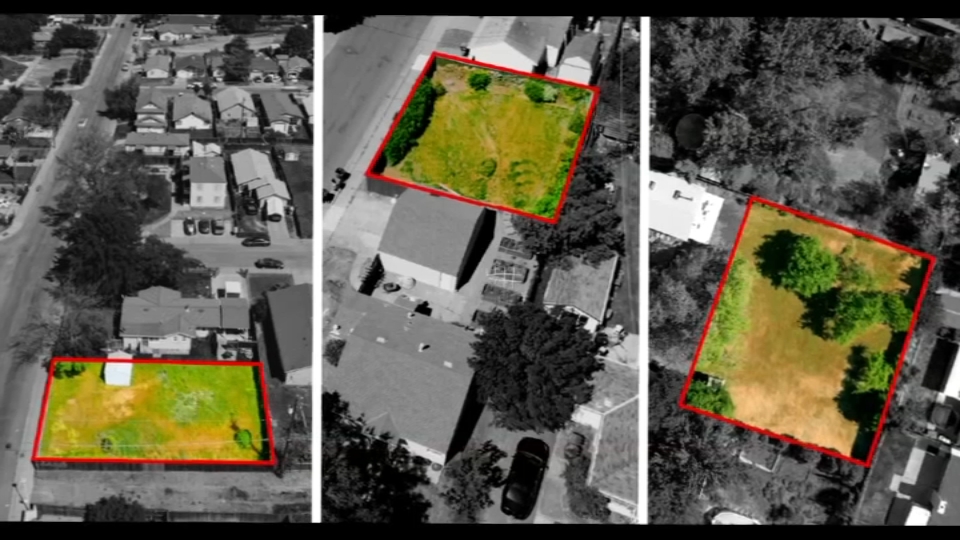The blistering sun rained down a wave of exacting heat on the Cosumnes River Preserve, a 50 thousand acre nature area near the tiny Central Valley town of Galt. A large egret stood in the shade, occasionally jabbing his beak into the layer of green slime concealing a creek.
Dave Shuford, a researcher for Point Blue Conservation trained his set of binoculars on the bird - before letting his amplified gaze drift to a nearby flock of shorebirds flapping on a small drift of mud.
“It’s a really key stop in the Pacific Flyway for a lot of birds,” Shuford said, lowering his binoculars.
The preserve, operated by the state and federal governments, features two distinctly contrasting vistas, courtesy of California’s drought. On one side, large elegant egrets and darting red winged blackbirds lounge by a rolling brook of flowing water. On the other, expansive fields of yellowed baked grasses and shrubs that have gone months without a drink.
Shuford worries the whole place could end-up looking like the dead version, if California water regulators tighten the tap on the preserve’s annual water allotment.
“The concern is there won’t be enough people who value the birds enough,” said Shuford, “to insure they have enough water too.”
Local
The fight over the Delta’s drought-stricken waters has pitted agricultural interests against cities, and against environmentalists. In a normal year, from late summer into the winter, the state floods the Cosumnes Preserve to create a stopover for traveling birds, some headed as far as Alaska. But the drought has put the preserve’s water delivery in jeopardy.
“This year with the reduction in water supplies because of the drought we’re not going to be able to flood as much of the historic habitat or the natural habitat,” said Jeff McCreary of the advocacy group Duck’s Unlimited. “So we’re going to see an overall decline in the overall habitat for birds this winter.”
McCreary said recent research shows the state’s waterfowl population is at record highs, up eight percent from two years ago. That creates more pressures as a growing number of beaks compete for a dwindling supply of food.

“The water that’s going to be available is going to see significant increases in the density of birds in these areas,” said McCreary, “which could lead to overeating the food, as well as disease such as cholera.”
The California Legislature is proposing an $11 million water bond for the November ballot to make improvements on the state’s water delivery system. Environmentalists want to make sure some of the money goes toward supplying water to the preserve.
“While there’s been a lot of focus there on ag and cities,” said Mike Lynes of Audubon California, “we also want to make sure wildlife and water for wildlife is part of that discussion.”
Shuford worries the loss of habitat could cause birds to breed less, nudging some closer toward extinction. He compared the experience of the migrating birds returning to the preserve, to that of an ill-fated road trip.
“If you came back from being away a long time, and somebody turned off your water, they took away your closest grocery store,” Shuford said, “It’s kind of hard.”



